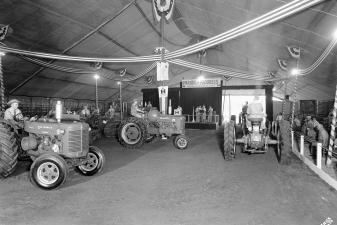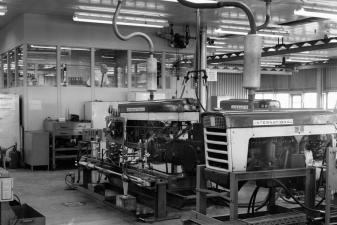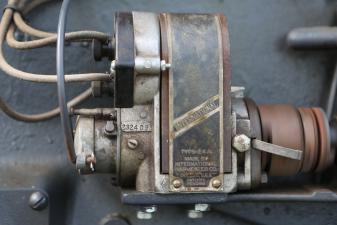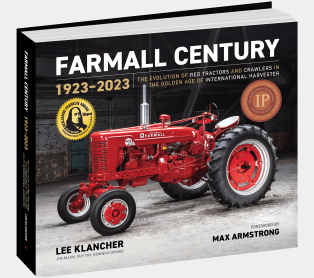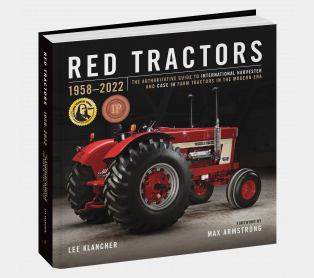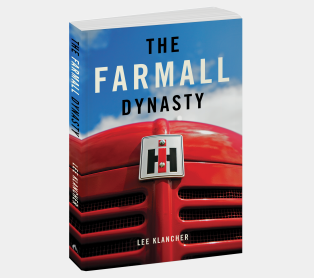The Final Days for The Regular

The following is an excerpt from Farmall Century by Lee Klancher.
According to most documentation, production of the original Farmall ended in 1932. But an assortment of company documents indicate that a limited number of Farmalls were sold in 1933 and 1934. The most convincing of these is the record of payments to the Ronning family. The Ronnings owned a patent to several features similar to those of the Farmall, and IH had to pay the Ronning family one dollar for every Farmall Regular, F-30, F-20, F-12, and F-14 sold.
Records of the payments for 1933 and 1934 show several hundred dollars paid for Farmall Regulars produced and sold. More likely than not, a few tractors from the 1932 production run were left over and sold in 1933 and 1934.

Near the end of the Farmall’s production run, IH authorized optional pneumatic tires for its tractor lineup. Although the decision wasn’t signed until 1933, after the Regular was out of production, it listed 9x36 rear and 6x16 front pneumatic tires as additions for the Farmall. It is doubtful that many Farmall Regulars were equipped with these tires from the factory, but dealers and owners almost certainly retrofitted pneumatic tires. The attachment number for the rear tires for the Regular was 25711-D; the number for the front tires was 25494-D.
A later retrofit was a hydraulic lift, which was authorized in 1945. The lift was a version of the new Lift-All adapted to Farmall Regular, F-20, and F-30 tractors. The part numbers were 350420R91 for the Regular, 350421R91 for the F-20, and 350422R91 for the F-30.
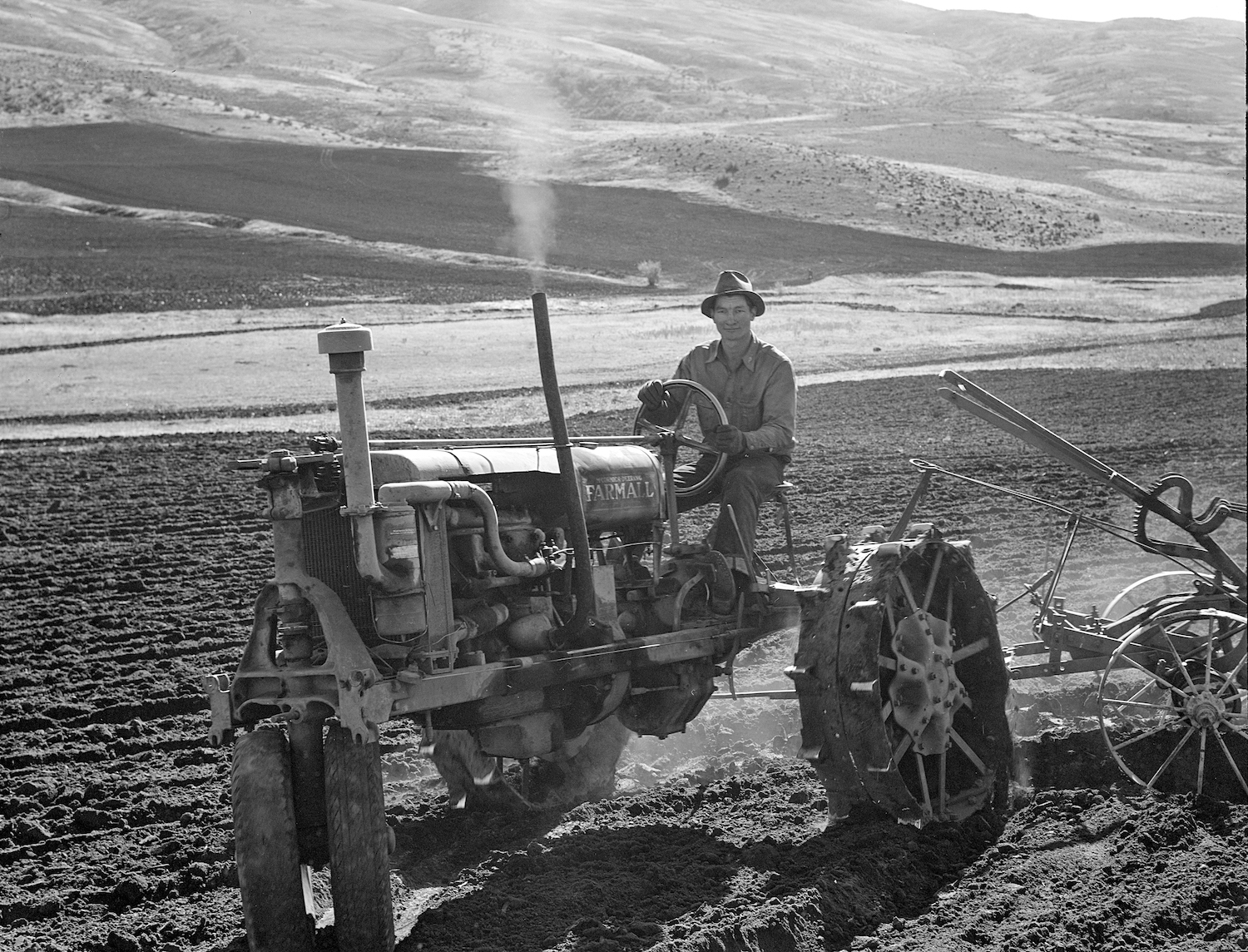
The Farmall design proved to have lasting merit, and the Farmall formed the basis of the IH lineup for the next several decades. The concept came to life through a number of avenues. Inspiration came from the observations of the cranky old-timer, John F. Steward, of the Hackney tractor in 1910. Johnston and his engineering team spent several years drawing and building a few years later.
The idea truly blossomed under the tutelage of Benjamin, who received a mix of encouragement, guidance, and funding from the Nebraska cowpoke-turned-collector-turned-leader-of-IH, Alexander Legge.
There are others who contributed, but Benjamin was the mind who guided and drove the Farmall design to succeed and become the first all-purpose tractor. The road to this success was filled with potholes and roadblocks.

C. W. Gray claims the resistance to the Farmall was as much political as it was practical. Benjamin was often the only proponent for the Farmall, and Gray states that Benjamin threatened to leave unless the project received the funding and support he felt it deserved.
The giant merger that formed International Harvester is many different things to many different people. While it is not the cruelest or most punitive of the mergers of the era, the fact that so much of the industry went under one roof made business harder for others. Did the consumer—the farmer—suffer at the hands of IH? It appears not, but the new trusts labor practices were problematic, and some of their business practices questionable.

One thing that cannot be questioned is one of the great innovations of the twentieth century emerged from this company, and those who created it came from several different arms of the many-headed beast that was IH.
History owes a tip of the hat to Benjamin and the Farmall, as both brought in a new era of farm power. The horse, once vital to farming, was gradually replaced with the tractor, and the Farmall was the first tractor able to fill the horse’s shoes. Some debated the merits of replacing flesh with metal, a companion animal with a cold steel beast, but it was impossible to debate the merits of increased productivity and decreased manual labor.
The general-purpose tractor had arrived.
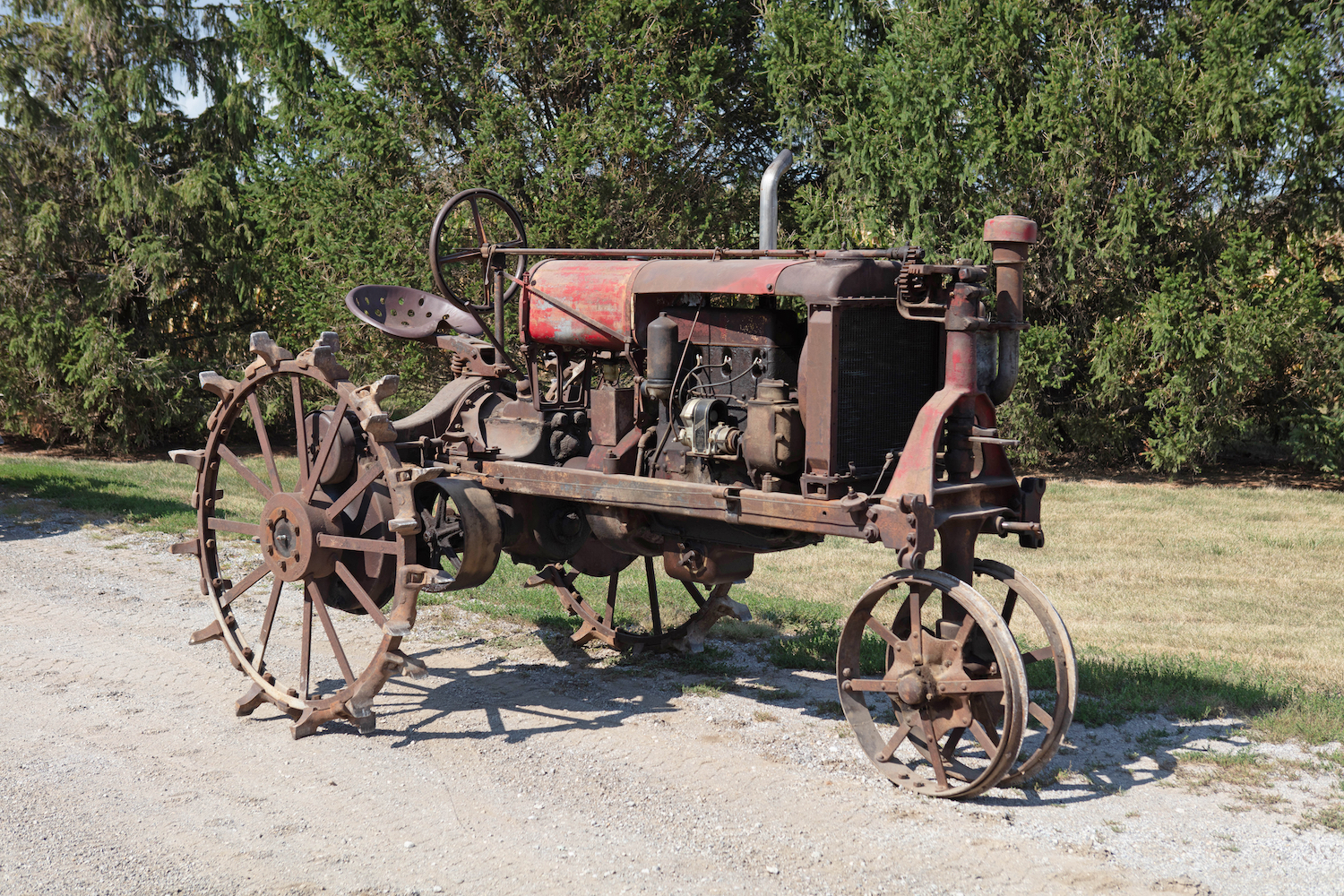
Check out the Related Books linked below for more stories like this!


